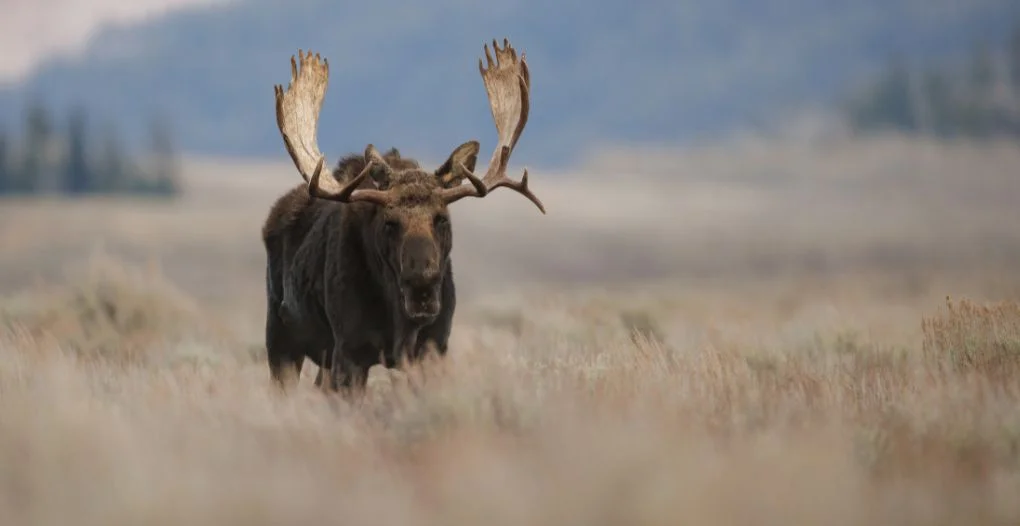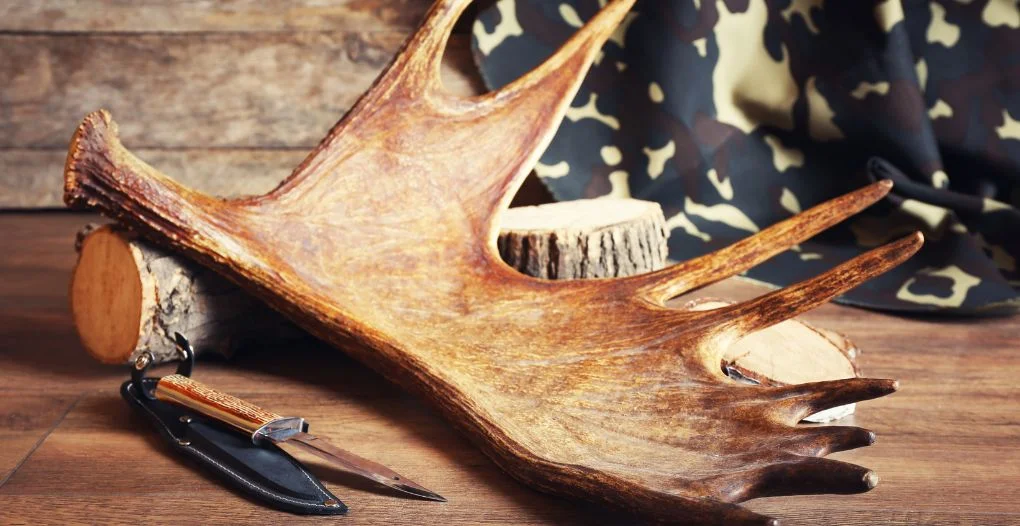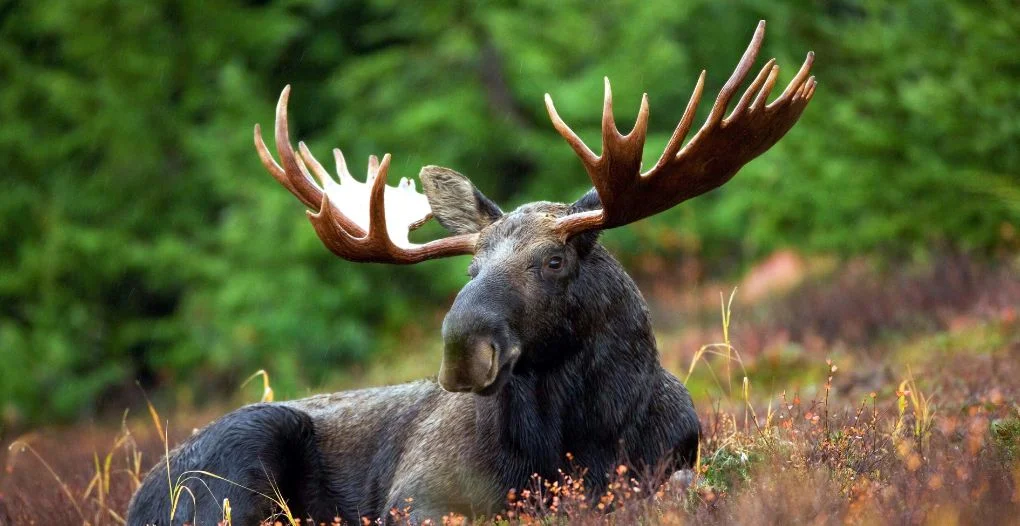Tracking moose in the wild is one of the few adventures that offer an exhilarating experience for Newfoundland trophy hunting or pursuing the ultimate thrill of the Canadian trophy moose hunt. At Garia Bay Outfitters, we understand that the art of tracking is much more than a skill. Whether you’re coming for the challenge of trophy hunting or on your first adventure, the vast wilderness of Newfoundland offers something different and rewarding when it comes to moose hunting.
Here you will learn how to master the techniques you will need in tracking moose both effectively and in an ethical manner.
1. Identifying Moose Tracks and Droppings
Moose leave specific signs to help guide the hunter in the direction of a successful trophy hunt. The hoof prints are large, heart-shaped prints averaging 5-7 inches in length. These will be deeper in soft, muddy terrain; fresh tracks have sharp, clean edges. Track spacing reveals behavior. Wide tracks suggest a moose is walking, while close, irregular tracks indicate running.
Another important sign to follow is moose scat. Fresh droppings will be dark in color, cylindrical in shape, and moist. The fresher the droppings, the better chance you have of knowing the moose is close by.
2. Rubbing Trees and Antler Scrapes
These trees are rubbed by bull moose with their antlers during the fall rutting season to mark their territory. The rubbing trees will have stripped bark, snapped branches, and visible antler marks to give clear evidence that there is a bull moose in that area. You will often find these trees in or near a moose’s core territory and are an essential indication.
During rutting season, moose also create ground scrapes. They scrape the earth and urinate in these spots, often near areas with high concentrations of females (cows). Mix these scrapes in with tree rubs in the right area and you might just find yourself leading directly to a bull during mating season.
3. Being Able to Identify Feeding Patterns
Moose are herbivores and can consume upwards of 70 pounds of vegetation a day. Aquatic plants, twigs, and bark- specifically of birch and willow trees- are the staples of a moose diet. The moose forages by forming browse lines, which is the zone where the high branches have been entirely stripped of leaves. Greenly chewed branches or wet peeled bark may be indicative that a moose is present in an area.
Look for these signs around marshes or water sources, especially during peak months for aquatic vegetation.
4. Timing Your Hunt: Optimal Conditions
Timing is everything for hunting in Newfoundland. Moose are considered a crepuscular animal, meaning they are most active during dawn and dusk. These morning and late evening hours provide some of the best times for viewing moose on the move.
In addition to all the other reasons, because of the rutting season, or from September early into October, is considered the time most opportune to go hunting moose in Newfoundland. Bulls are much more active calling females and challenging other males, which makes the spotting and tracking of such animals easier to do.
5. Audio and Visual Cues in Moose Tracking
Tracking moose is not limited to physical signs alone but includes audio signals as well. These are deep grunts by bull moose during the rut and deeper versions of softer moans by cows to attract males. Learning to recognize these calls will help you estimate their proximity to you.
In open areas, we recommend binoculars or spotting scopes to scan the terrain for movement or feeding activity from a distance. This works really well in hunting whereby one is able to observe the antler spread and size of the potential bull before approaching.
6. Master the Art of Moose Calls and Decoys
One of the most exciting things about hunting moose is when moose calls are used to lure your target toward you. Cow calls work great during the rutting season because it emulates the sounds of a hot cow, which draws bulls closer. Bull grunts can work to provoke others, mainly dominant bulls looking to defend turf.
Besides calls, decoys can be helpful when hunting in open areas. A moose decoy can distract the animal enough so that you can get a clean shot without being seen. However, decoys work much better in combination with calls because both the visual and auditory combination make the lure seem much more real.
7. Leverage Technology: Trail Cameras and Scent Control
When you go on a moose hunting experience, trail cameras are efficient apparatuses in monitoring the activity of these moose. Place these cameras near places where moose tread, feeding areas, or water sources. They will provide you with the time and frequency information when moose visit such sites for you to develop a better hunting strategy.
Besides that, moose have a great sense of smell, and scent control is another important aspect. Sprays will rid your gear of scents, as will scent-free wear. Cover scents, such as earth or pine, will help mask your presence. Being downwind of your target will be important to not alert the moose to your presence.
8. Persistence and Patience
A great deal of patience and perseverance go into moose tracking. Many hunters have walked for several hours on a fresh trail without any success whatsoever. Garia Bay Outfitters urges hunters to be observant through the hunt, and not to get dejected if a particular trail goes cold. Move at a slow pace, scanning your surroundings often for something, and be ready always for changes in the terrain and conditions.
Keep in mind that any moose you’re after probably knew you were coming long before you saw it. Quiet movements, along with sharp eyes, will maximize your chances of success.
9. Respecting Wildlife and Ethical Hunting in Moose Tracking
At Garia Bay Outfitters, we stress ethical hunting: we want to make sure your hunt is respectful and sustainable. This does include making a clean, ethical shot to the vital organs in order to minimize suffering. Moose are such big animals; a poor shot can cause them a lot of unnecessary harm. Always aim for the heart or lungs.
Moreover, considering the moose population and the quotas DNR has set for the local hunting are also very relevant. In this way, it helps in maintaining healthy moose populations to continue enjoying the thrill of moose hunting here in Newfoundland through future generations.
The Hunting Experience with Moose Tracking by Garia Bay Outfitters
One of the most challenging and rewarding aspects of moose hunting in Newfoundland is to track these animals in the wild. Here at Garia Bay Outfitters, we pride ourselves on guided hunting tours that instruct in these imperative skills, all while ensuring that all hunting practices are conducted in an ethical and responsible manner. Whether you track a trophy bull during a rut or through the dense forests of Newfoundland, mastery of the art will elevate your hunting experience.
Saliently spoken, all it takes is patience and persistence, along with the right techniques, to be able to bring in the ultimate trophy hunting success on your next moose tracking adventure. Let Garia Bay Outfitters guide you on this unforgettable journey into the wild. Book with us now!




